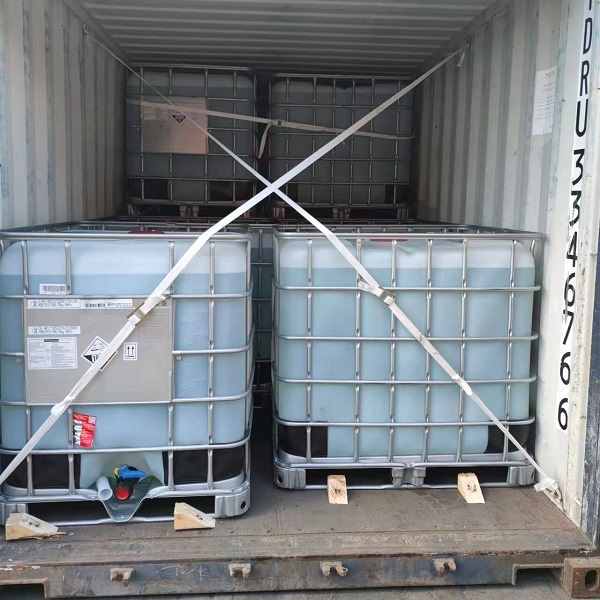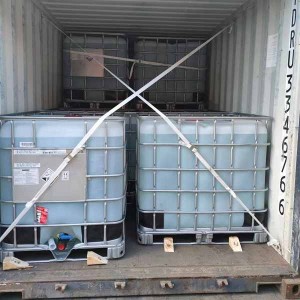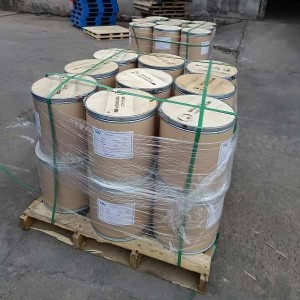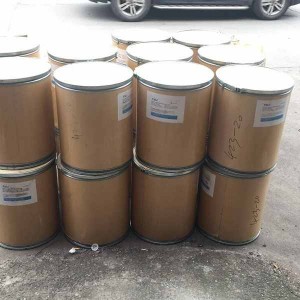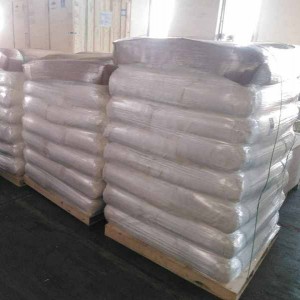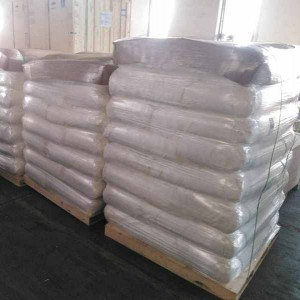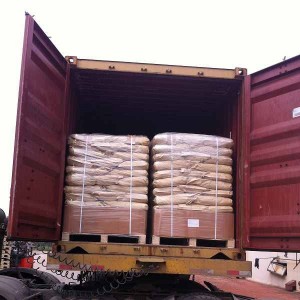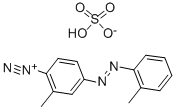CAS 64-17-5 Ethanol
Ethanol CAS 64-17-5(CH3CH2OH) is a type of alcohol that is the main component of alcohol, hence it is also known as alcohol. In some places, it is commonly known as fire wine and is a renewable substance. The chemical formula can also be written as C2H5OH or EtOH, where Et represents ethyl. Ethanol is flammable and is commonly used as a fuel, solvent, and disinfectant, as well as in the production of other compounds. Industrial alcohol contains a small amount of methanol, while medical alcohol mainly refers to ethanol with a concentration of about 75%, including other widely used concentrations in medicine. Ethanol and methyl ether are isomers.
Specification
Melting point: -114.3 ° C (158.8 K)
Boiling point: 78.4 ° C (351.6 K)
When dissolved in water: pKa=15.9
Viscosity: 1.200 mPa · s (cP), 20.0 ° C
Molecular dipole moment: 5.64 fC · fm (1.69 D) (gas)
Density: 0.78945 g/cm ^ 3; (Liquid) 20 ° C
As a solvent, ethanol is volatile and can be mixed with solvents such as water, acetic acid, acetone, benzene, carbon tetrachloride, chloroform, ether, ethylene glycol, glycerol, nitromethane, pyridine, and toluene. In addition, low-carbon aliphatic hydrocarbons such as pentane and hexane, as well as chlorinated aliphatic hydrocarbons such as 1,1,1-trichloroethane and tetrachloroethylene, can also be miscible with ethanol. As the carbon number increases, the solubility of higher alcohols in water significantly decreases.
Application
99.5% alcohol is called anhydrous alcohol. Biological applications: The pigments in chloroplasts can be extracted from organic solvents such as anhydrous ethanol (or acetone), so anhydrous ethanol can be used to extract pigments from chloroplasts.
95% alcohol is used to wipe UV lamps. This type of alcohol is commonly used in hospitals, while in households it is only used for cleaning camera lenses.
70% to 75% alcohol is used for disinfection. This is because high concentrations of alcohol have a great ability to solidify proteins, but it causes the proteins on the surface of bacteria to solidify instantly, forming a hard film. This hard film prevents alcohol molecules from further infiltrating the interior of the bacteria, but instead protects them from death. [2] If the alcohol concentration is too low, although it can enter bacteria, it cannot coagulate the protein in their body, nor can it completely kill the bacteria. Among them, 75% alcohol has the best disinfection effect.
40% to 50% alcohol can prevent bedsores. The back, waist, and buttocks of long-term bedridden patients can cause bedsores due to long-term pressure. If a small amount of 40-50% alcohol is poured into the hands during massage, evenly massaging the patient’s compressed area can achieve the goal of promoting local blood circulation and preventing the formation of bedsores.
25% to 50% alcohol can be used for physical antipyretic therapy. High fever patients can use it to wipe their bodies and achieve the purpose of cooling down. Because wiping the skin with alcohol can dilate the blood vessels of the patient’s skin, increase the skin’s heat dissipation ability, evaporate alcohol, absorb heat, reduce the surface temperature of the patient’s body, and alleviate symptoms. But the alcohol concentration should not be too high, otherwise it may stimulate the skin and absorb a large amount of water from the epidermis.
Ethanol can be used to produce chemical raw materials such as acetaldehyde, ether, ethyl acetate, and ethylamine, as well as raw materials for producing products such as dyes, coatings, and detergents.
Ethanol can be blended into gasoline as a vehicle fuel
Ethanol is the main component of wine (the content is related to the type of wine). For example, Baijiu with 56 degrees
Packing
IBC
ChemicalCAS.com offers price quotation and technology support of chemical from China. In the quotation from China factory supplier, we will include price terms, payment, lead time, COA, TDS, MSDS etc. We make sure the reliable purchase source and product quality. If you need to buy chemical from China, please feel free to contact sales@chemicalcas.com






